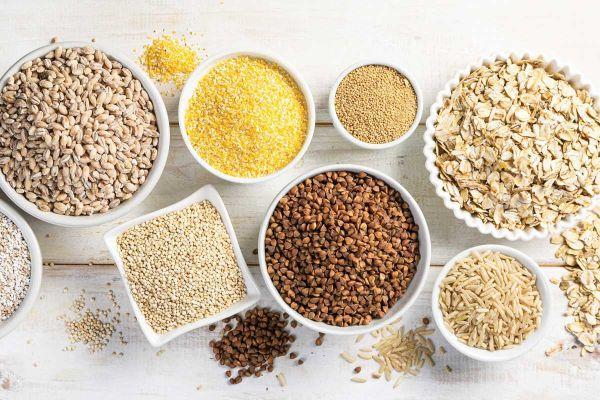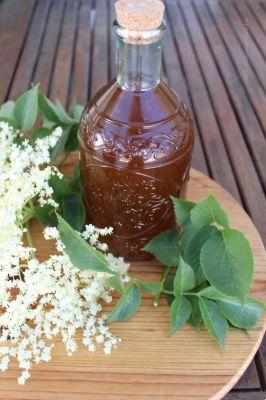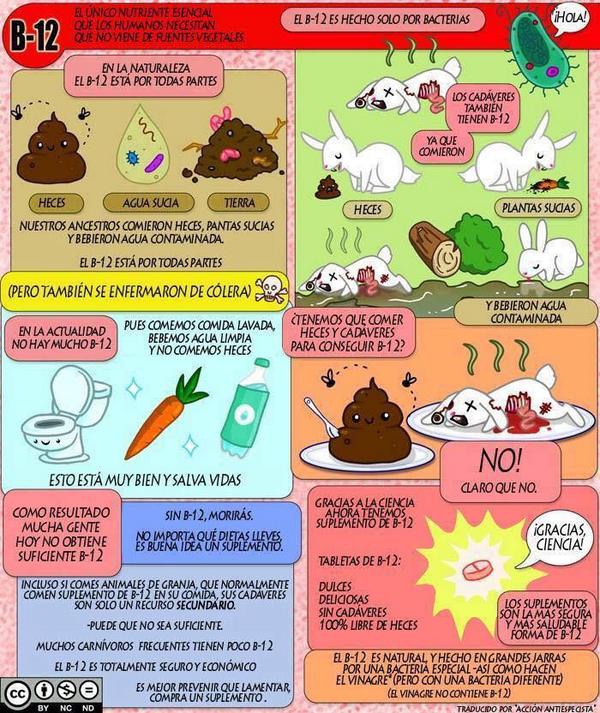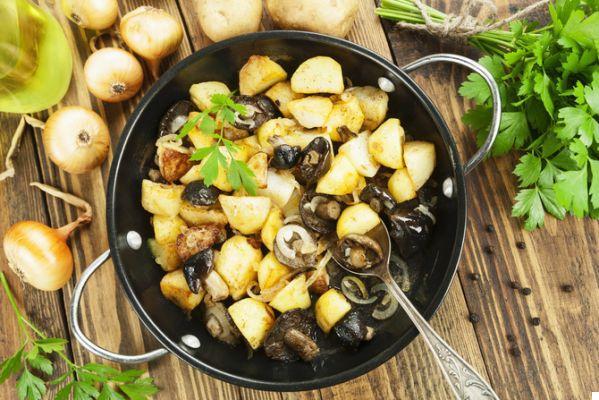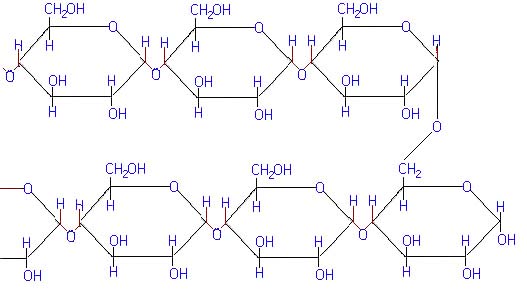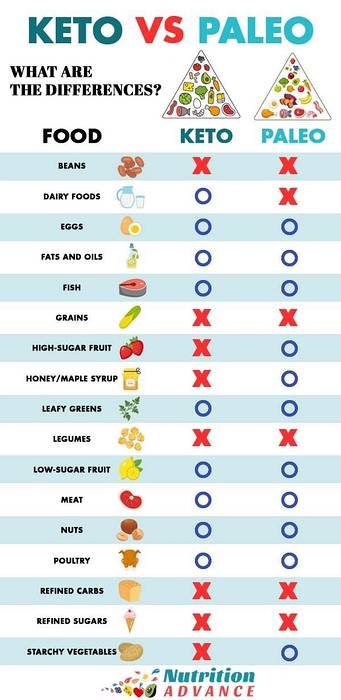
When you are talking about diet are many variations that come to mind, each of which with different characteristics, but which often converge in the single goal of losing weight.
Among the most famous, the Paleo and Chetogenica, which is often found indicated by the abbreviation Keto or Keto.
Here are their main characteristics and differences.
Paleo diet
La Paleo diet, sometimes referred to as the "caveman's diet", consists of eat only the foods that existed in the Paleolithic era.
The basic idea is that foods that have always been present in nature are good for health, while everything that has undergone production and processing techniques is harmful.
This regime food eliminates cereals, legumes, refined sugar, milk and most of its derivatives.
The main permitted foods instead they are:
- meat,
- fish,
- eggs,
- nuts,
- seeds and roots,
- fruit,
- vegetables,
- coconut oil, olive, avocado,
- lard,
- clarified butter,
- some sweeteners including raw honey, maple syrup, coconut sugar, and raw stevia.
If the fish is eaten raw, however, it is good to be careful.
Paleo is not just a diet but a real lifestyle which is also based on a strong focus on practices that incentivize overall well-being and reduce the environmental impact.
For this, it incorporates short, intense periods of physical exercise in the daily routine, as well as moments of yoga e meditation. All activities designed to reduce stress and which, when combined with the diet, have the purpose of stimulating the total well-being of body and mind, leading to better overall health.
Diet Cheto
La ketogenic diet, also called keto, is characterized by the drastic reduction of carbohydrates and for the increase, on the other hand, dproteins and fats, in order to force the body to use fat as an energy source, instead of the glucose of carbohydrates. This mechanism is called ketosis and can be effective for weight loss and blood sugar control.
Roughly, the macro nutrients in a keto diet are distributed as follows:
- fats: 65-90%,
- proteins: 10-30%,
- carbohydrates: less than 5%.
Main differences
Philosophy
Le differences between the two diets are aunt, but one of the most obvious is the presence or absence of an ideological message that goes beyond food.
La Paleo, in fact, it can be called one real philosophy, which not only focuses on nutrition but explicitly encourages a specific lifestyle, capable of promoting well-being at 360 degrees.
The diet ChetoInstead, it does not promote extra directives to the rules of the dish. Although it encourages the choice of healthy food sources, its main goal is the specific distribution of macro nutrients, something completely absent in the Paleo diet, which divides foods only into allowed and not.
Carbohydrates
Also with regard to the carbohydrates the approach is different.
La Keto diet limits and almost eliminates its intake, while Paleo, while not allowing the consumption of some carbohydrate sources such as refined sugars and cereals, frees others, so it cannot be defined as low in carbohydrates in the same way as keto.
Due to the fact that total carbohydrate intake must remain below a certain threshold to maintain ketosis, many high-carb foods, regardless of their source, simply don't fit on a keto diet.
La PaleoInstead, provides unlimited use, provided that the sources fall within the specified types.
Dairy Products
Milk and dairy are practically banned from the Paleo diet, So like soy, which falls into the legumes category. Grass-fed butter is the only dairy product allowed on the Paleo diet, although not everyone who follows this philosophy agrees.
This is one of the most evident differences between the two diets, given that the keto diet allows and even encourages the intake of many dairy products, especially those that are high in fat such as cream, butter, and unsweetened full-fat yogurt.
Some dairy products such as ice cream or milk are banned, but mainly due to their low fat-to-carbohydrate ratio.
Soy-based foods such as tofu, tempeh and soybeans are allowed on the keto diet as long as they fall within the specific amount of daily macro nutrients. Soy milk, on the other hand, is usually not recommended.
Benefits
Both diets can be beneficial for health, depending on how they are followed and the purpose to be achieved.
In general though, the Paleo diet is a more recommended option for most people, thanks to one greater flexibility in food choices that allows you to maintain a varied diet. This element also makes it an easier diet to follow.
Furthermore, encourages a healthy lifestyle in general, which also includes the practice of physical activity.
La diet ChetoInstead, it is more rigid and not suitable for everyone, although it can be useful as a treatment method for some specific health conditions.
In both diets go ahead with carrots and baby carrots.
There are foods that when eaten together increase their benefits.
Another type of diet that promises various benefits is the pescetarian one or the green Mediterranean diet.
But is there a diet suitable for over 50s?





